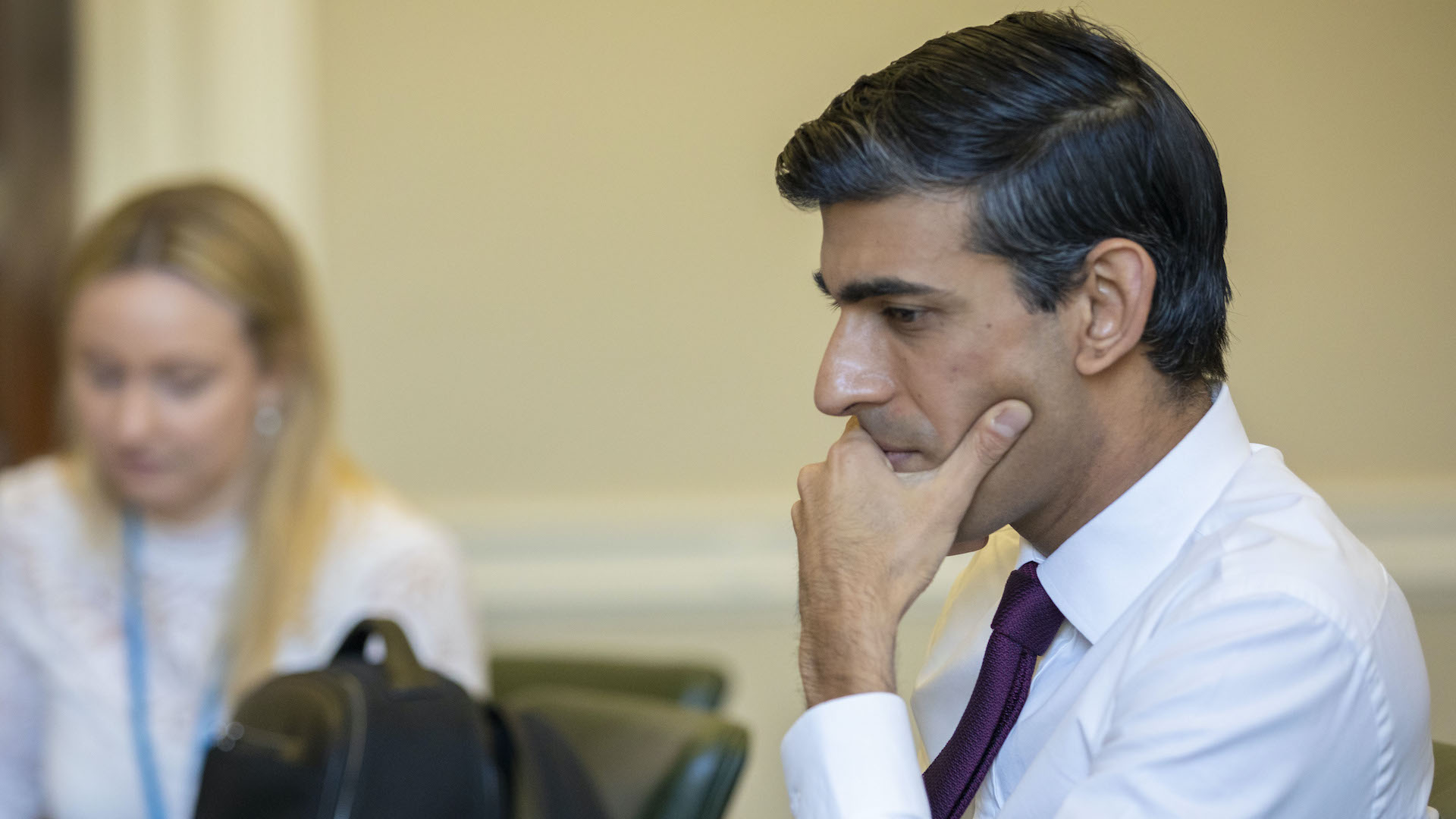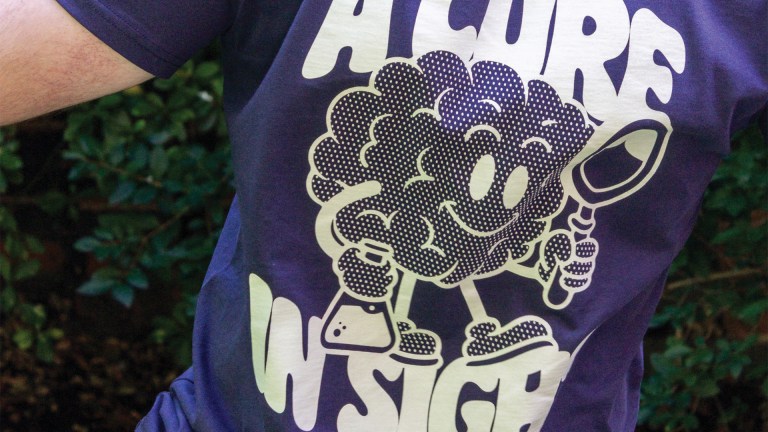The scheme, which sees the Government pay up to 80 per cent of workers’ wages up to a maximum of £2500 a month, has been extended several times throughout the crisis and is designed to allow businesses to keep employees on during the Covid-19 crisis and prevent massunemployment.
And it was extended once again until the end of September during the 2021 budget on March 3.
“Every job lost is a tragedy, which is why protecting, creating and supporting jobs remains my highest priority,” Sunak said when announcing the latest extension in the House of Commons.
“For employees, there will be no change to the terms, they will continue to receive 80 per cent of their salary for hours not worked until the scheme ends.”
The current requirements for employers are to pay for national insurance and pension contributions only. But the chancellor said businesses would have to make a “small” contribution alongside the taxpayer of 10 per cent in July and 20 per cent in August and September.
Advertising helps fund Big Issue’s mission to end poverty
“The Government is proud of furlough, one of the most generous schemes in the world, effectively protecting millions of people’s jobs and incomes,” he added.
According to the latest HM Revenue and Customs figures, 1.3 million companies have furloughed more than 11 million employees throughout the duration of the Covid-19 pandemic with £53.8 billion claimed as of February 2021.
Furlough scheme in the US
The US does not have a central Government-backed furlough scheme like the UK or other European countries and support can vary from state to state. Workers can be furloughed by their employers but this usually means an unpaid leave of absence.
The federal government has, however, stepped in andintroduced unprecedented levels of assistance to help support individuals, businesses and healthcare providers.
In March 2020, former President Donald Trumpsigned a two trillion dollar coronavirus bill into law, the largest emergency spending measure in the country’s history.
Advertising helps fund Big Issue’s mission to end poverty
TheFederal Pandemic Unemployment Compensation (FPUC) formed a large part of this, increasing unemployment benefits for tens of millions who have found themselves out of work.
The programme currently provides those who are eligible with $300 a week on top of other benefits.
US companies have also beenincentivised not to lay workers off through business loans and tax credits.
Furlough scheme in Ireland
Ireland is the only country to share a land border with the UK and our closest neighbours are also inlockdown under the highest level of pandemic restrictions. Micheal Martin, the country’s Prime Minister, hassaid this may have to remain in place until Easter.
The Irish government has launched three key furlough schemes, for both employers and businesses. The Covid-19 pandemic unemployment payment, the Employment Wage Subsidy Scheme (EWSS) and the short time work support.
The pandemic unemployment payment is available to employees and the self-employed who have lost their job on or after March 13. This is similar to the furlough scheme, with people receiving a payment based on how much they earned previously. Applications have been extended and are now being accepted until March 31 2021.
Advertising helps fund Big Issue’s mission to end poverty
Ireland’s EWSS scheme is also “expected” to run until the end of March 2021, allowing employers who can show they have lost trade to receive a subsidy based on the number of people they employ.
Short-Time Work Support is a form of jobseeker’s benefit intended for those who have been temporarily placed on a shorter working week by their employer. If an employee’s working week has been reduced from a five-day work pattern to a three-day work pattern, they may receive a Jobseeker’s Benefit payment for the other two days.
Furlough in Sweden
Last year, Sweden was held up by anti-lockdown voices as the model the UK should aspire to. Unlike other nations, the Nordic country didn’t enforce heavy shutdowns and chose not to close the hospitality sector. As a result, Sweden’s economy faired better than other European countries.
But in January 2021 Swedentightened its social distancing rules to help stop the spread of coronavirus, stopping short of a full lockdown but keeping the option of closing businesses on the table.
Advertising helps fund Big Issue’s mission to end poverty
In terms of support, the Swedish government has provided state loans to companies affected by Covid-19 to help them access finance.
It has also implemented a short-time work allowance in a similar move to Ireland, subsiding wages and allowing employers to reduce hours rather than laying employees off.
An “amending budget” earlier in the year saw the country adopt additional welfare measures such as compensation for the deduction for sick days, suspension of a medical certificate requirement for people with Covid, and increased funding for those who catch the virus.
In November 2020, these measures wereextended to support Swedish companies through the crisis in 2021.
Furlough scheme in Italy
Italy was one of the European countries hardest hit during the first wave of coronavirus. The country hasextended its Covid state of emergency until the end of April, allowing the central government to make quicker decisions and continue curbing the spread of the virus.
Employment measures introduced by Italy include an expansion to the “Cassa Integrazione Ordinaria” – or the Support of Salary Payment by the State.
Advertising helps fund Big Issue’s mission to end poverty
This meant employers could suspend or reduce work activity for events related to Covid-19 and claim support in a similar fashion to the furlough scheme. Employees were entitled to a monthly amount of 80 per cent of their salary, subject to caps.
Get free training, careers advice and access to hundreds of thousands of jobs with The Big Issue’sRORA Jobs & Training
However, Italy’s welfare support schemes were not without teething problems. According to a report in Euronews, many Italians were still waiting for wages two months into the country’s first lockdown, with one 59-year-old furloughed Italian tellingReuters she had been struggling to survive.
And in January 2021, Italian Prime Minister Giuseppe Conteresigned over Government spending in response to the Covid-19 crisis.
New premier, former European Central Bank boss Mario Draghi, took office on February 13 2020. He will be in charge of spending Italy’s chunk of theEU recovery fund, the bloc’s flagship initiative to get European economies back on track and move towards a greener, more sustainable systems. Italy is set to receive over €200 billion, the largest share among member states.
Furlough in Germany
Germany introduced the Corona-Schutzschild, or “corona-shield”, in response to Covid-19.
Advertising helps fund Big Issue’s mission to end poverty
Federal and state governments adopted the largest package of measures in the country’s history, aimed at supporting business and individuals through the pandemic.
Similarly to Ireland and Sweden, Germany implemented a short-time allowance, which applied retrospectively to anybody who has had their work lives impacted by the pandemic since March.
Rules around working hours were also relaxed in response to Covid, with medium and large businesses facing difficulties supported through “entrepreneur” loans. This allows employees to claim a percentage of missing pay as a result of lost working hours, at an increased rate for parents. The scheme was extended in August and will now run until March 22, for 24 months in total.
In November, the German Governmentextended its loan scheme to support struggling businesses into 2021. It also said it would extend support for self-employed workers until June 30 2021.
Have you been affected by the economic impact of the coronavirus pandemic? The Big Issue is committed to supporting its readers and find ways to help people stay in their jobs and in their homes through our Ride Out Recession Alliance. Send your stories and ideas to rora@bigissue.com to help us support those who need it most.
Advertising helps fund Big Issue’s mission to end poverty









